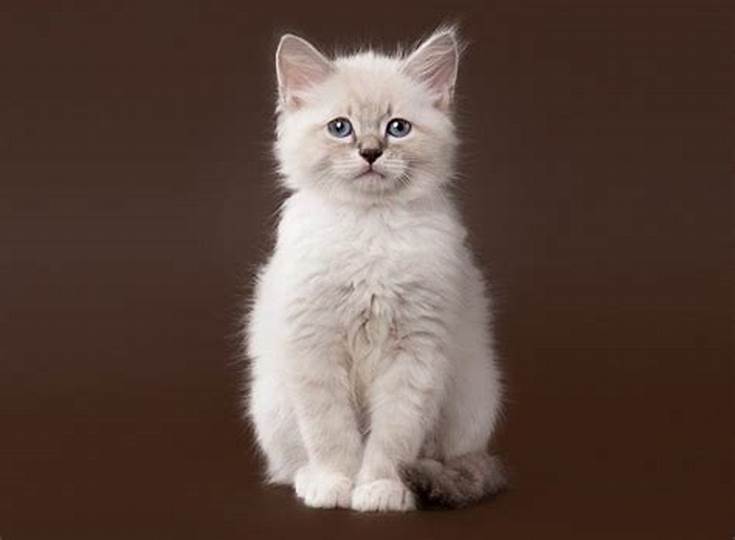
Nevada Cat|Nybyon Cat
In Europe in the 1960s, especially the United Kingdom, Russian Blue has a tendency to return to its original short stature and dark coat features.
Stickness:
Happiness:
Friendliness:
Hair loss:
Beauty:
Body odor Degree:
Slobber Degree:
Trainability:
Active:
City Moderate:
Cold Hardiness:
Heat resistance:
Motion level:
Ocelot cat (scientific name: Prionailurus bengalensis) alias Bronze cat, Shihu, etc., Asian cats, leopard cats are slightly larger than domestic cats, but the differences between subspecies are relatively large. The species has a body length of 60 cm and a tail length of 40 cm. The fur of the leopard cat also comes in many colors: yellow in the south and silver-gray in the north. The chest and abdomen are white. The leopard cat's spots are generally black. Ocelots are nocturnal animals, usually in the form of rodents, birds, fish , reptiles and small mammals. They are generally solitary except during mating season.
Chinese Literary Name: Leopard Cat La
Ding Scientific Name: Prionailurus bengalensis
Alternative Names : Copper Coin Cat, Stone Tiger
Kingdom: Animal Kingdom
Department: Chordate
Subphylum: Vertebrate subphylum
Class: Mammalia
Subclass: Euzoea Class
Order: Carnivora
Suborder: Schizopoda
Family: Feline
Subfamily: Feline
Genus: Leopard cat
Species: Leopard cat
English name: Leopard cat
Protection level: National second-class protected animal
Habitat: The leopard cat mainly inhabits the mountain forest area, suburban bushes and near forest edge villages. The distribution of altitudes can be distributed from low-altitude coastal zones to 3000 meters above sea level in alpine forest areas. The largest number is in the semi-open sparse shrub habitat, dense virgin forests, cultivated artificial forests (such as rubber forests, tea forests, etc.) and open plain farmland are less in number, and there are few arid deserts and dunes.
Diet: mainly rodents, Squirrels, flying squirrels, rabbits, frogs, lizards
, snakes, small birds They also eat berries, banyan fruit and some tender leaves and grasses, and sometimes sneak into the village to steal poultry such as chickens and ducks. The eating habits and living habits of leopard cats are very similar to the jungle cats commonly known as "wild raccoons". Although the two have different appearances, they are still easily confused.
Habits: The dens are mostly in tree holes, soil holes, under rocks or in rock crevices. The size of the leopard cat's nest area, the leopard cat is mainly ground dwelling, but has a strong climbing ability and is agile and free in the trees. Nocturnal, more active in the morning and evening. Solitary or in pairs. It is good at swimming, and likes to move and forage in places near water such as ponds, streams and ditches, and rice fields.
Ocelots For carnivorous animals, animal feeds include live rabbits, live chickens, quails, mice, mice, beef, mutton, chicken, etc., appropriate supplements Fish liver oil, bone meal, trace elements, and a small amount of green vegetables. The daily feeding amount is 300 grams, once a day, and in the evening. Live food should be fed twice a week, with an amount of 300 to 500 grams each time.